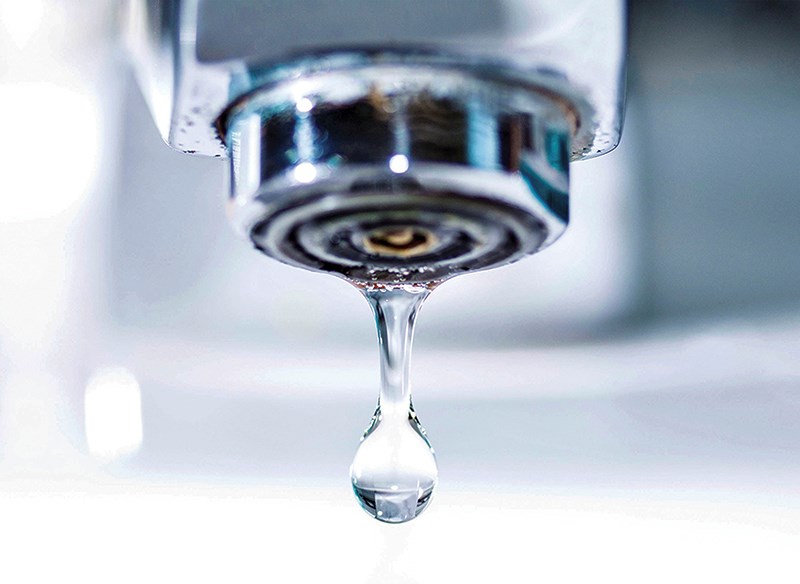Journal Staff
Sarnia has approved a plan to reduce lead levels in drinking water by continuing to dig up and replace lead service lines over the next three years while it gathers more information.
The project, which will cost about $300,000 up front and about $1.1 million annually over three years, is being sent to the Ontario Environment Ministry for approval.
The strategy is a response to elevated lead levels found in Sarnia’s drinking water.
The greatest concern is an area bounded by Exmouth, Murphy, Campbell and Front streets. Many of the 8,643 properties in that zone were built before the 1950s, when lead piping was commonly used for both indoor plumbing and service lines carrying water to each property.
Lead is known to contaminate water by leaching from lead pipes, plumbing fixtures and the lead soldering once used in connections.
Sarnia has done some testing at the tap. Of eight homes sampled, three exceeded the maximum allowable lead concentration of 10 parts per billion.
The Ontario government wants to lower the allowable level of lead to 5 ppb.
Children under the age of six are especially vulnerable to lead poisoning, which can result in developmental delays and learning difficulties. Homes with pregnant women, nursing mothers and young children should be especially cautious.
The city hopes that by continuing to track down and eliminate lead sources over the next three years it can avoid the need to address the problem by treating the water system with chemicals.
Lead levels in both raw and treated water at the Lambton Area Water Supply System plant did spike upward in 2017, although the results were still well within allowable limits.
Rod Gowrie, an activist with the Fluoride Free Lambton Task Force, told city council on June 11 that he asked LAWSS about the rising lead levels but did not receive an explanation.
Likewise, a response LAWSS sent to Sarnia on May 29 also offered no reason for the increase.
In response, city council has asked LAWSS to conduct an analysis regarding any impacts to lead levels of water at the water treatment plant.
City engineering director Mike Berkvens said Sarnia has been removing lead lines as it encounters them for years now.
For example, when sewers were separated in the Talfourd and Devine streets area last year, new lines were installed and testing showed none of 130 neighbouring homes had a lead problem.
As part of the plan, city staff will be developing a program for home water sampling, providing water filters, and informing the public when high lead content is found.
Homeowners seeking more can email City Hall at [email protected].
Lambton Public Health also has info for owners of older homes at https://lambtonhealth.on.ca/health-information/safe-water/drinking-water/lead-in-drinking-water.
